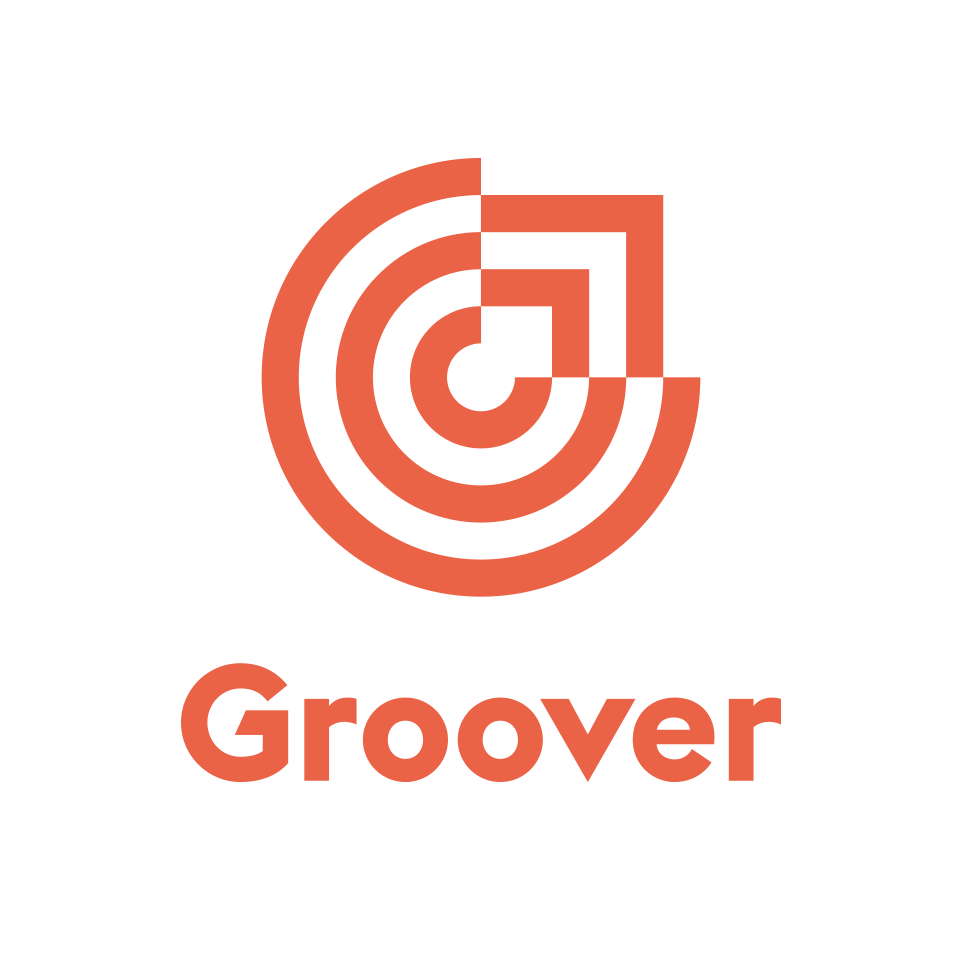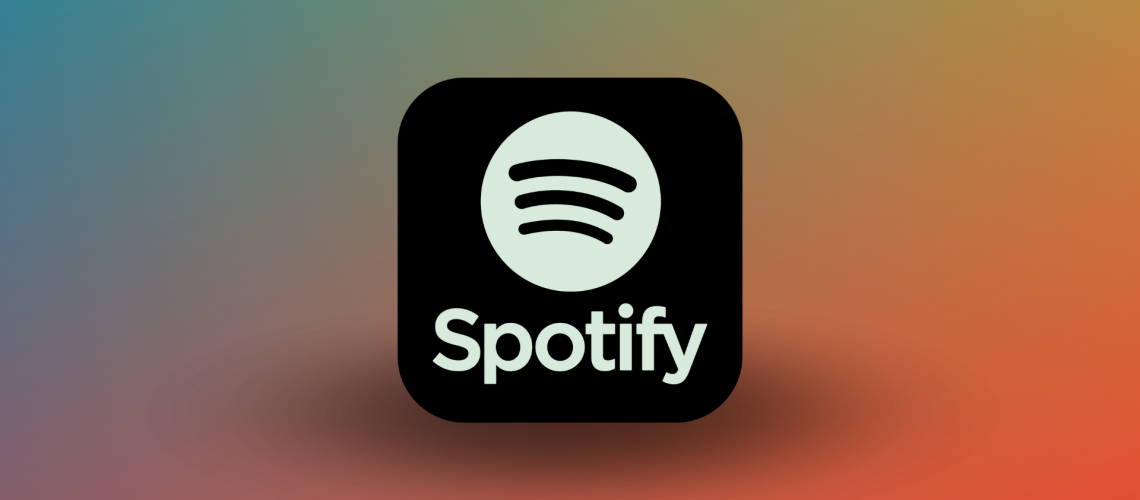Are you looking to promote your music through Spotify playlist curators?
Then you’ve come to the right place. In the world of music promotion, Spotify plays an absolute essential role.
And at the center of that world are playlist curators. These actors can get your song in front of thousands, if not million of people. But only if you do it right! So in this guide, we’ll cover everything you need to know about Spotify playlist curators, including:
- what a Spotify playlist curator is;
- the pros and cons of using a Spotify playlist curator
- the 5 best playlist curators out there today.
Let’s get started 👇
What is a Spotify Playlist Curator? 🤔
First things first, let’s clarify precisely what a playlist curator is.
In simple terms, it’s the owner (or manager) of a playlist.
A curator will “curate”, i.e. pick and choose the tracks that feature on a playlist. These playlists can either be:
- user-generated, i.e. the playlists that you and I create on a daily basis
- officially curated selections by Spotify’s editorial team.
When it comes to Spotify editorial playlists, there is no simple way to feature on them. Your only chance is to pitch it through Spotify for Artists before its release.

If you want to learn more about how to promote your music on Spotify, make sure to check out our full guide over here.
When it comes to user-generated playlists however, this is where this guide comes in! The idea is to get in contact with the curators of popular playlists. You then submit your song to them, and hopefully they add it to their playlist. And boom! Suddenly, your track is on a playlist
However, it’s not that simple.
As you’ll surely have noticed already, there is no contact info for a Spotify playlist curator.

No easy way to find out who they are or how to reach them.
This is where music promotion platforms come into play.
These are platforms that put in contact artists and playlist curators. The idea is that you give as much information on your track as possible (genre, language, BPM, energy level etc.) and the platform will suggests playlists. You can then pitch your track directly to that specific playlist curator, and hopefully get featured.
Here, based on a number of filters, Groover suggests the following playlists:

Sounds too good to be true? Then read on to find out the pros and cons of using such a platforms.
Before You Jump Head in… 🚫
So we’ve established what Spotify playlist curators are. And we’ve also learned that we can use dedicated platforms to reach them and pitch our tracks.
So before doing a rundown of the best playlist curator platforms, let’s go through some of the pros and cons of using these platforms.
Pros of using a Spotify Playlist Curator
The most obvious reason to reach out to playlist curators is the potential to reach a broader audience.
By securing spots on curated playlists with substantial follower counts, musicians can connect with listeners who may otherwise never discover their music.

As these playlists accumulate followers and attract new listeners over time, artists benefit from a continuous stream of exposure and potential followers.
Being featured on reputable playlists can also boost your credibility.
Listeners often perceive playlist placements as endorsements, viewing artists featured on curated playlists as worthy of attention and recognition. This can be particularly valuable for emerging artists seeking to establish themselves within the scene.
Finally, getting featured on popular playlists can trigger a positive feedback loop with the algorithm. The more people listen to your tracks, the more Spotify will recommend those tracks to others. This can lead to an organic growth in streams and followers.
Cons of using a Spotify Playlist Curator
It’s not all rosy however. Otherwise, everybody would be doing it 😅 So let’s look at some downsides of using Spotify playlist curators.
Firstly, it’s not free.
All of the platforms we’ll discuss below charge per submission. This means you will be paying for the curator to listen to your track. However, there is absolutely no guarantee they will like it, or add it to their playlist.
If we look at Groover, 45€ will get you 50 credits:

Pitching a track will cost you between 2 and 4 credits on average. So doing the math, you might be able to pitch you track to 15-25 playlists for that price. And while curators have an obligation to listen to your track, there’s no guarantee they’ll add it to their playlist.
Beyond the (not cheap) price of most of these platforms, you also don’t know how long your track will stay on the playlist. Some playlists stay unchanged, but others will rotate tracks. Sometimes even on a weekly basis! What if you spend all this research and money, only to have your track ousted after just a few days?
Finally, you need to ask yourself if playlist placement will translate into actual new fans?
Think about it. How many artists can you name from that “Morning Coffee” playlist you love? Or that “Dinner with Friends” playlist?
The reality is, a lot of us listen to playlists, but rarely follow through by following new artists. This isn’t necessarily always true (and it largely depends on the type of playlist), but it’s sometime to bare in mind before making the money and time investment.
Note: remember that pay-for-play and playlist inclusion in return for payment is against Spotify’s terms of use! While paying a platform to submit your track to a curator is OK, paying for a direct feature or a guaranteed number of streams is not.
The 5 Best Spotify Playlist Curator Websites
Right, let’s now dive into some of the best Spotify playlist curators out there.
1. Groover
As I’ve mentioned Groover already, let’s start there.

Groover promotes itself as connecting “independent artists with the best curators, radio stations and labels seeking emerging talents.”
The platform is quite simple: you pay to get credits, then use those credits to put your music in front of playlist curators. You can filter curators by instrument, genre, language and much more.
For every submission, you are guaranteed a written feedback, and at best a playlist placement. For each curator, you can also see what they offer:

Pricing varies depending on the number of credits you buy. The more you purchase the higher your discount. You can also purchase credits individually each time you pitch your track to a playlist curator.
Overall, Groover definitely has a great reputation in the industry. Most users report having a good experience with the platform, and a high response rate from playlist curators.
2. SoundCampaign
This is a similar service that automatically find the perfect playlists for your tracks

Similarly to Groover, you are not guaranteed to get your tracks featured. However, you will always receive feedback from playlist curators. If you don’t, then SoundCampaign will reimburse you.
A campaign lasts until 14 days. This is the time playlist curators have to listen, review and potentially include your track in their playlist.
SoundCampaign mentions that the average campaign cost is around $80. The filtering process is less refined than Groover, letting you simply select your genre. You also don’t have the liberty of selecting individual playlists like with Groover. Instead, you simply set the “reach” of your campaign based on your budget:

For some, the limited control will be a turn off. But others might prefer the simplicity of just settling on a budget, and letting the platform do the rest.
3. Indie Music Academy
Similarly to SoundCampaign, Indie Music Academy curates the list of playlists for you.

One of the pros of this platform is that they guarantee you a number of streams based on your budget. This means that if the campaign doesn’t hit its target, you get a refund.
Their process to screen playlists is highly refined, which you can check in their whitepaper.
One of the things I like is that they focus on Spotify SEO playlists. In other words, they focus on playlist that immediately appear on search results for terms like “relaxing” or “running”. This also avoids landing on bot playlists.
Note however that this playlist is on the more expensive side of things. Also, there is no “platform” strictly to speak of. Instead, you are in direct contact with them (which some people might like, others not so much).
Check out Indie Music Academy here
4. SubmitHub
If you’re just getting started with Spotify promotion, than you might want to check out SubmitHub:

While the platform could definitely do with a facelift, it probably also allows them to keep costs low.
Which is one of the main advantages of SubmitHub, with campaigns starting as low as USD20.
The model they use is a DIY one similar to Groover. You are in control in picking which playlists your submit to, each submission costing a number of credits.
However, don’t expect hundreds of thousands of streams here. Lower cost also means that bigger playlist curators are on other platforms. However, if you want playlists that have a close fit with your track, SubmitHub is a great tool to try out.
5. Playlist Push
Finally, let’s talk about PlaylistPush. This is another platform that works by settings an overall budget for your campaign:

As you can see from the screenshot, it’s definitely not cheap, starting out at USD285. However, they reportedly pay their curators more than competitors. Which in turn attracts playlist curators with bigger followings.
It’s also worth noting that Playlist Push does not guarantee a number of streams like other services.
From an artist perspective, all you have to do is upload your track. After filling out some basic information, the platform handles all the rest for you. Again, this can be a pro or a con depending on how much control you like to keep.
Once uploaded, your track is placed in front of playlist curators, who are paid to review it. However, they are under no obligation to actually include it in their playlist (which would be against Spotify’s terms of use).
The way Playlist Push selects the curators it works with is a bit opaque.
But if you’re willing to spend a considerable amount on your promotion, Playlist Push is definitely a strong choice.
The Last Word on Spotify Playlist Curators
That’s a wrap for this round-up on the best Spotify playlist curators platforms! Hopefully you now have a better understanding of how they work, and if they are a match for you.
Did we miss out on anything? What is your favorite playlist curator platform? Let me know over at [email protected]




